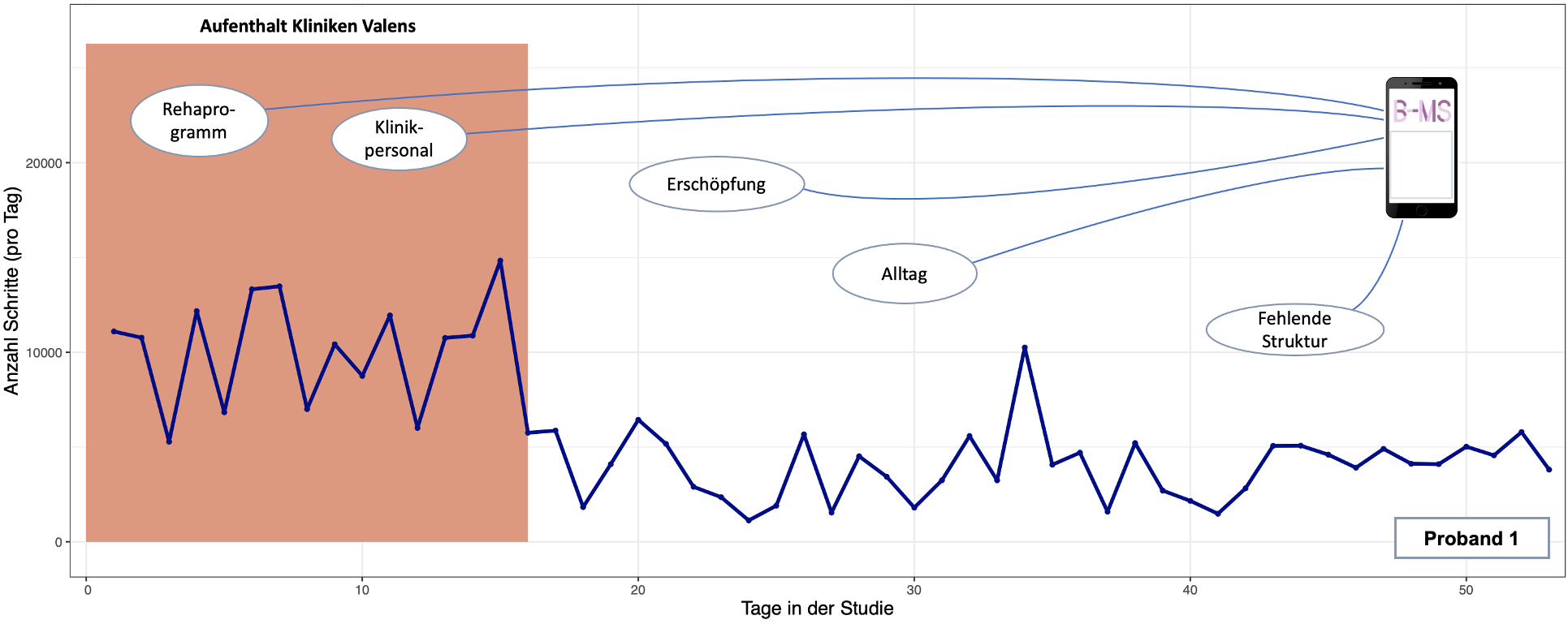Navigation auf uzh.ch
Navigation auf uzh.ch


The analysis of medical data is relevant for many use cases, including clinical research and patient treatment. While these cases typically represent a doctors'/physicians' perspective, there is yet another user group with an immense information need: patients. In addition, other types of stakeholders involved in the medical domain are, e.g., clinics, quality management environments, operational staff, and insurances.
Healthcare is a premier application domain of the IVDA group. A series of publications was published in collaboration with experts in the medical and patient-centered domain. The overarching approach of IVDA is to conduct design study, i.e., research projects in which we
analyze a specific real-world problem faced by domain experts
design a visualization system that supports solving this problem, validate the design, and
reflect about lessons learned in order to refine visualization design guidelines
The IVDA group members have been involved in a series of publications regarding visual analytics in healthcare. An overview of publications on Visual Analytics in Health Care can be found here.
Prof. Bernard member of the steering and organizing committees of the Visual Analytics in Healthcare (VAHC), held in conjunction with the IEEE VIS conference. Now in its 12th year, the Workshop on Visual Analytics in Healthcare is the premier research event exploring the application of data visualization and visual analytics to biomedicine. VAHC brings together medical experts, leading scientists, and visionaries to discuss opportunities and challenges in using visual analytics techniques to help patients, clinicians, public health researchers, and others leverage the power of complex health datasets.
One of the focused diseases of the past is prostate cancer which is the most frequently occurring type of cancer for men. IVDA systems to support clinicians and researchers in their data-centered analyses include
t.b.d. by Gabi

Mockup data as recorded in a study on Multiple Sclerosis for a single patient. The step count of a patient is recorded for every day, here visualized as a linechart. In addition, a variety of other types of (sensor) data is recorded over time, e.g., by using wearables:
Background
Chronic diseases such as Multiple Sclerosis (MS) create a huge burden for patients and their relatives. With the availability of wearables and other types of (sensor) data, it is now possible to apply data-driven approaches to contribute to patient health. Of particular interest is the identification of biomarkers for the reliable detection of relevant health changes of MS patients. The identification of biomarkers can be performed with two complementary approaches: exploratory data analysis (the data scientists' preferred approach) and confirmatory data analysis (the epidemiologists' preferred approach). Different types of techniques borrowed from Machine Learning, Data Mining, and Information Retrieval may be applied and combined to provide effective and efficient solutions for the analysis of medical and patient-related data.
Challenges
Despite its benefit, the analysis of medical data comes with a series of challenges. First, data from different sources need to be combined to a unified data collection. Second, data collections such as electronic health records often have quality problems and require manual (pre-) processing. Third, algorithmic models applied to medical data need to be selected, parameterized, trained, and validated. In most cases, this process is iterative and urgently requires humans in the loop. Fourth, the analysis of model outputs is often not trivial and decisions of models are not always explainable. Finally, involved user groups such as physicians, patients, but also operational staff have very different levels of expertise and interest, which requires a careful characterization of the domain problem and analysis tasks to ensure that the tool to be built is both usable and useful.
Approach
IVDA has proven to be a promising approach to medical data analysis. The particular benefit of IVDA tools is the ability to combine the strengths of both humans and machines in a unified data analysis workflow.